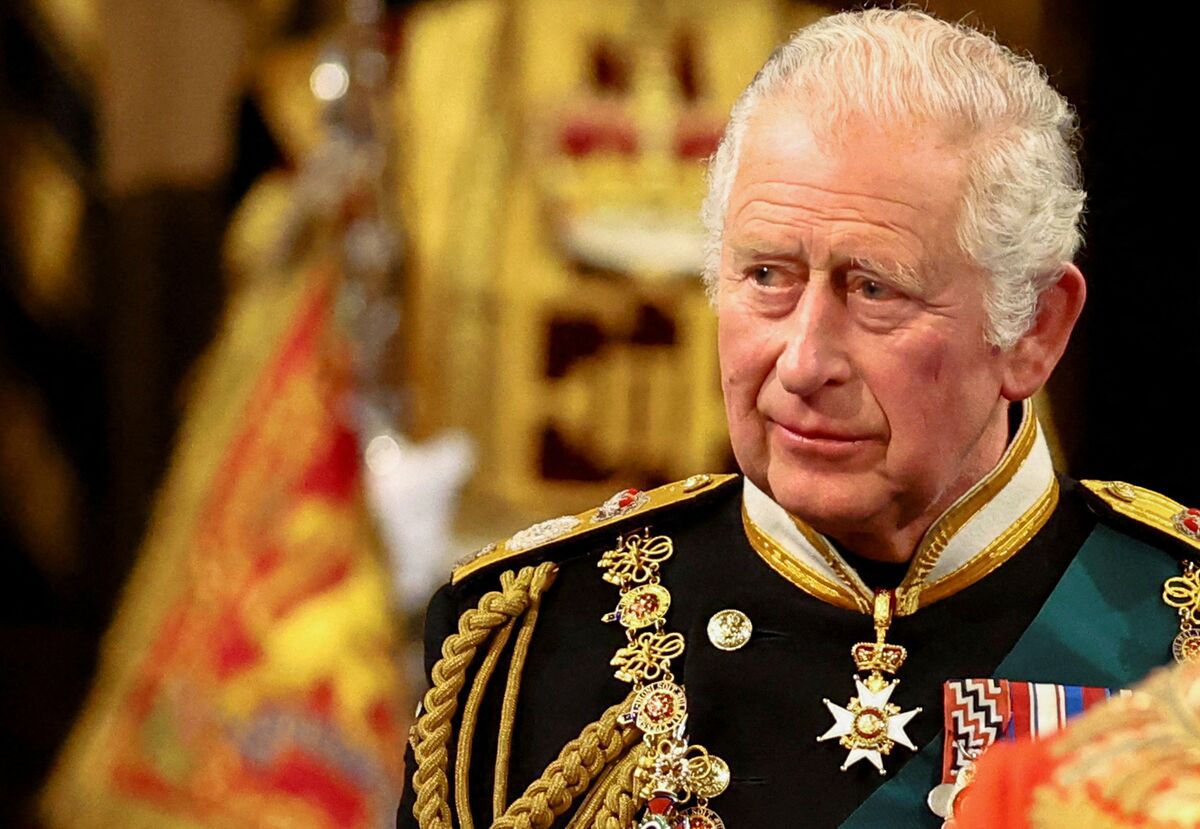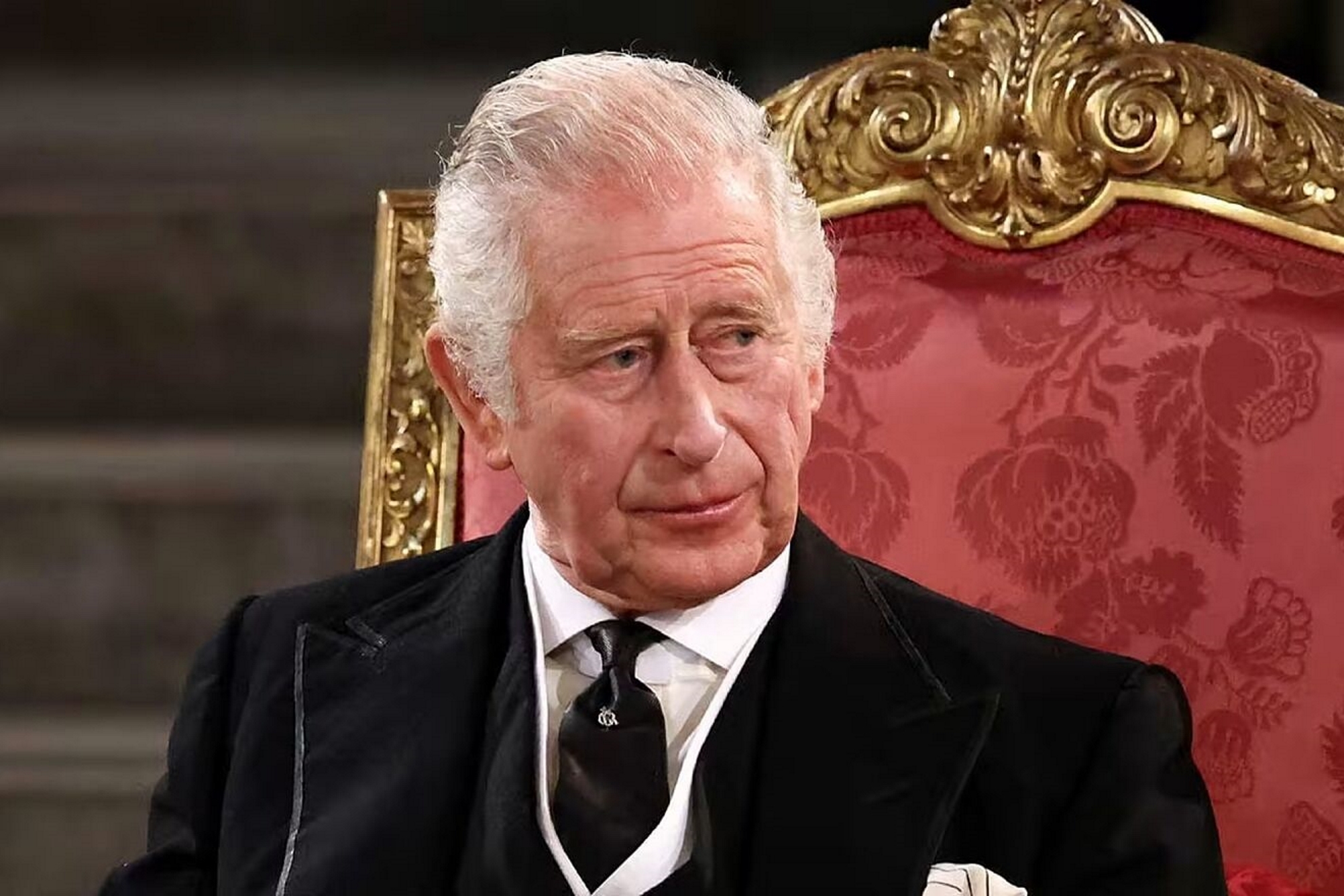King Charles III, the monarch of the United Kingdom and the Commonwealth realms, has always been a subject of interest for royal enthusiasts. From his leadership qualities to personal traits, every detail about him is closely observed. Among these details, his height has often sparked curiosity among the public. In this article, we delve into the specifics of King Charles III's height, exploring both factual information and its relevance to his royal persona.
Beyond just numbers, understanding the king's stature provides insight into how physical attributes influence public perception and royal duties. This article will explore not only his height but also its implications in various contexts, including royal protocol and public appearances.
As we navigate through this comprehensive guide, we will uncover details about King Charles III's height, addressing common misconceptions and providing accurate information supported by credible sources. Whether you're a royal enthusiast or simply curious, this article promises to deliver valuable insights.
Read also:Taylor Mathis The Rising Star In The World Of Art
Table of Contents
- Biography of King Charles III
- Overview of King Charles III's Height
- Common Misconceptions About His Height
- Height and Royal Protocol
- Public Perception of King Charles III's Height
- Impact of Height on Health
- Comparison with Other Royalty
- Media Representation of His Stature
- Historical Context of Royal Height
- Conclusion
Biography of King Charles III
Before diving into the specifics of King Charles III's height, it's essential to understand his background and significance as a monarch. Born on November 14, 1948, Charles Philip Arthur George is the eldest child of Queen Elizabeth II and Prince Philip, Duke of Edinburgh.
Early Life and Education
King Charles III spent his early years in the royal household, receiving a well-rounded education. He attended Cheam School, Gordonstoun, and later Trinity College, Cambridge, where he studied archaeology, anthropology, and history. This educational foundation shaped his interests and informed his future roles as a leader.
Official Roles and Contributions
Throughout his life, King Charles III has been actively involved in various charitable organizations and initiatives. His dedication to environmental sustainability, youth empowerment, and cultural preservation has earned him global recognition. These contributions highlight his commitment to improving society, transcending mere royal duties.
Overview of King Charles III's Height
King Charles III's height is officially recorded as approximately 6 feet (183 cm). This measurement places him above average for adult males, contributing to his commanding presence during public engagements. However, perceptions of height can vary depending on context and perspective.
Physical Characteristics
In addition to his height, King Charles III possesses distinct physical features that enhance his regal appearance. His posture, often described as upright and dignified, further accentuates his stature. These attributes align with traditional expectations of a monarch's presence.
Common Misconceptions About His Height
Despite the availability of accurate information, misconceptions about King Charles III's height persist. Some speculate that he is taller or shorter than reported, influenced by media portrayals or personal biases. It's crucial to rely on verified sources to dispel these myths.
Read also:Understanding The Impact Of Princes Death A Legacy Of Music And Influence
- Myth 1: He is taller than 6 feet due to his royal status.
- Myth 2: His height is exaggerated in photographs.
- Myth 3: His height affects his ability to perform royal duties.
Height and Royal Protocol
Within the framework of royal protocol, height plays a subtle yet significant role. During official engagements, the king's stature is often considered in planning logistics, such as seating arrangements or podium heights. Ensuring a balanced visual presentation is vital for maintaining a professional and respectful atmosphere.
Challenges and Adaptations
While height generally enhances a monarch's presence, it can also pose challenges in certain situations. For instance, navigating crowded spaces or interacting with individuals of varying heights requires adaptability. The royal team employs various strategies to address these challenges, ensuring seamless interactions.
Public Perception of King Charles III's Height
Public perception of King Charles III's height is influenced by cultural norms, media representation, and personal experiences. Many view his stature as a symbol of strength and authority, aligning with traditional perceptions of leadership. However, opinions vary, reflecting the diverse perspectives within society.
Cultural Significance
In many cultures, height is associated with power and influence. This association extends to the royal family, where physical attributes contribute to the public image of a monarch. Understanding these cultural nuances helps contextualize the significance of King Charles III's height in a global context.
Impact of Height on Health
Height can have implications for health, both positive and negative. Research suggests that taller individuals may have a lower risk of certain health conditions, such as heart disease, while facing higher risks for others, like certain cancers. King Charles III's height, combined with his active lifestyle, likely influences his overall health profile.
Health Initiatives
As a proponent of health and wellness, King Charles III has championed initiatives promoting physical activity and balanced living. His personal commitment to these values reflects his understanding of the interconnectedness of physical and mental well-being.
Comparison with Other Royalty
When comparing King Charles III's height to other members of the royal family, notable differences emerge. For instance, his height surpasses that of his mother, Queen Elizabeth II, and aligns closely with other male royals. These comparisons provide context for understanding the significance of height within the royal lineage.
Generational Trends
Across generations, trends in royal height reflect broader societal changes. Advances in nutrition and healthcare have contributed to increased average heights, influencing perceptions of royal stature over time. Examining these trends offers insights into the evolving nature of royal attributes.
Media Representation of His Stature
The media plays a pivotal role in shaping public perceptions of King Charles III's height. Through photographs, interviews, and documentaries, the media portrays his stature in various contexts, influencing how audiences interpret his presence. Ensuring accurate and respectful representation is crucial for maintaining a balanced narrative.
Photographic Techniques
Photographers often employ techniques to enhance the visual impact of royal figures, including considerations of height. Angles, lighting, and composition all contribute to the final image, affecting how the king's stature is perceived. Understanding these techniques provides a deeper appreciation of media representation.
Historical Context of Royal Height
Throughout history, royal height has been a subject of fascination and speculation. From ancient monarchs to modern-day rulers, physical attributes have influenced public perception and historical records. Examining this historical context sheds light on the enduring significance of height in royal narratives.
Evolution of Royal Stature
As societal norms and expectations evolve, so too does the perception of royal stature. Advances in science and technology have provided new insights into the relationship between height and leadership, challenging traditional assumptions. This evolution highlights the dynamic nature of royal attributes over time.
Conclusion
In conclusion, King Charles III's height represents more than just a physical attribute; it embodies a complex interplay of tradition, perception, and reality. By exploring various aspects of his stature, we gain a deeper understanding of its significance in both personal and public contexts.
We invite you to share your thoughts and insights in the comments section below. Engaging with fellow readers fosters a community of knowledge and appreciation for the complexities of royal life. Additionally, explore our other articles for further insights into the world of royalty and beyond.

